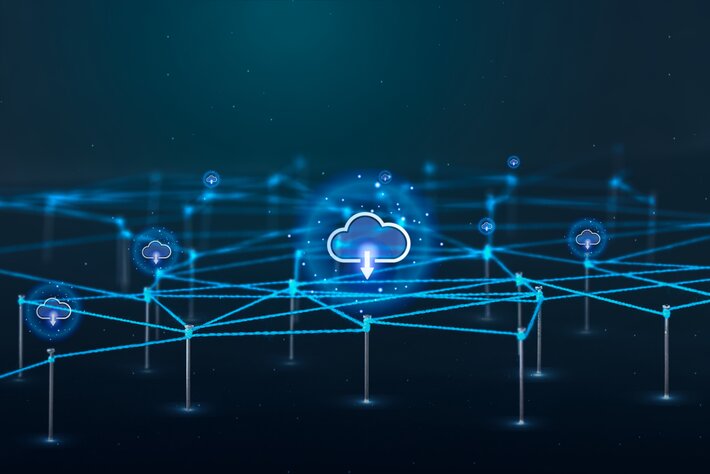Don’t you hate people who save their wisdom until after the event? You know the type of thing: ‘I knew there was something dodgy about that bridge salesman.’ Why didn’t they mention this before? They assumed you knew.
Assumption, as they say in the military, is the mother of all cock-ups. Just because we can’t see patterns, we assume there is nothing happening. This month, having attended briefings, seminars and workshops on Data Science and Data Journalism I’m still none the wiser about intelligence gathering. Indeed, the results of a study on Computational Propaganda made it even harder to see the wood from the trees. Some of the conspiracy theories they unveiled began to sound so far-fetched that in the end I didn’t know who to believe.
The Internet of Things has its own type of Fake News problem too. As with any type of reporting, we’re now faced with an excitable young industry that produces data in colossal volumes and questionable veracity, says Nick Booth, freelance IT and communications writer.
The IoT even has its equivalent of fake news agencies, in the shape of denial of service attackers.
As a consequence, there’s far too much data, coming at us too fast. We need special data goggles to protect ourselves from getting bamboozled and to screen out the harmful stuff assaulting our eyes. This will help us to spot the patterns.
Data visualisation systems like Tableau and graph databases like Neo4J can help you spot patterns developing on the IoT before they get too dangerous. They identify and link together the relationships between different objects.
The telco Telia, which is pinning its hopes on the IoT in the home, is using Neo Technology’s graph database to help it recognise the important patterns as they emerge. It has a smart homes digital ecosystem of broadband connections for 1.2 million users, each of which will have dozens of devices already, even before they start networking the household gadgets.
The Telia Zone will have 13 million devices as individual nodes, creating 30,000 events every second, so they’ll need something drastic to keep tabs on all the comings and goings of the Swedish population. Everything with a Mac or an IP address will be connected, which means that there needs to be a programming interface for every device. But the developers who create applications to work with the graph database don’t need to see (and won’t be given access to) the personal information related to each.
In this case, the graph database Neo4J acts as a conduit, protecting the privacy of the end user, but providing the small detail needed for applications to gather information for a bigger picture. It does this by keeping the application program interfaces as stored relationships between different types of events or different types of data.
It’s not just about making you see the patterns emerging. The system needs to be able to adapt as all the complex relationship models change.
A rather less techie and more user-friendly way of getting the big picture on the IoT is represented by Tableau. This is the Apple of reporting tools, according to its chief product officer Francois Ajenstat. The problem with the appliance of data science is that data scientists don’t know the right questions to ask. Yes, they may know every single menu option in a reporting application, but what use is that if they don’t know the business of all that information? What use are data scientists if they’re all function but have no form?
Which is why Tableau has set out to make interrogation of datasets as simple as using a Mac. So everyone will be empowered to find patterns emerging on the IoT and present them to the people higher up, not just the select few through whom all processes currently have to be run.
When power is concentrated in a few hands, you get productivity bottlenecks and concentrations of influence that lead to all kinds of human problems, from out of control egos to wage inflation. Now that it a pattern you don’t want to see emerging in any organisation.
We need to buy a bridge to that problem. No, no, not from that bridge salesman. I always knew he was dodgy.
The author of this blog is Nick Booth, freelance IT and communications writer
Comment on this article below or via Twitter: @IoTNow OR @jcIoTnow










